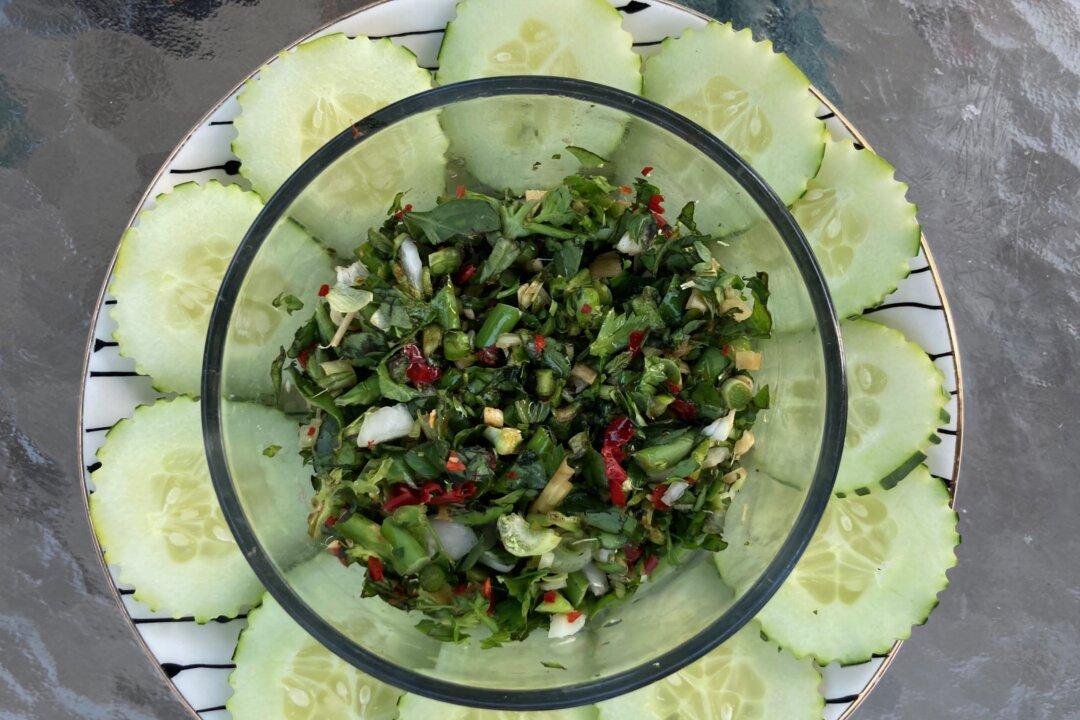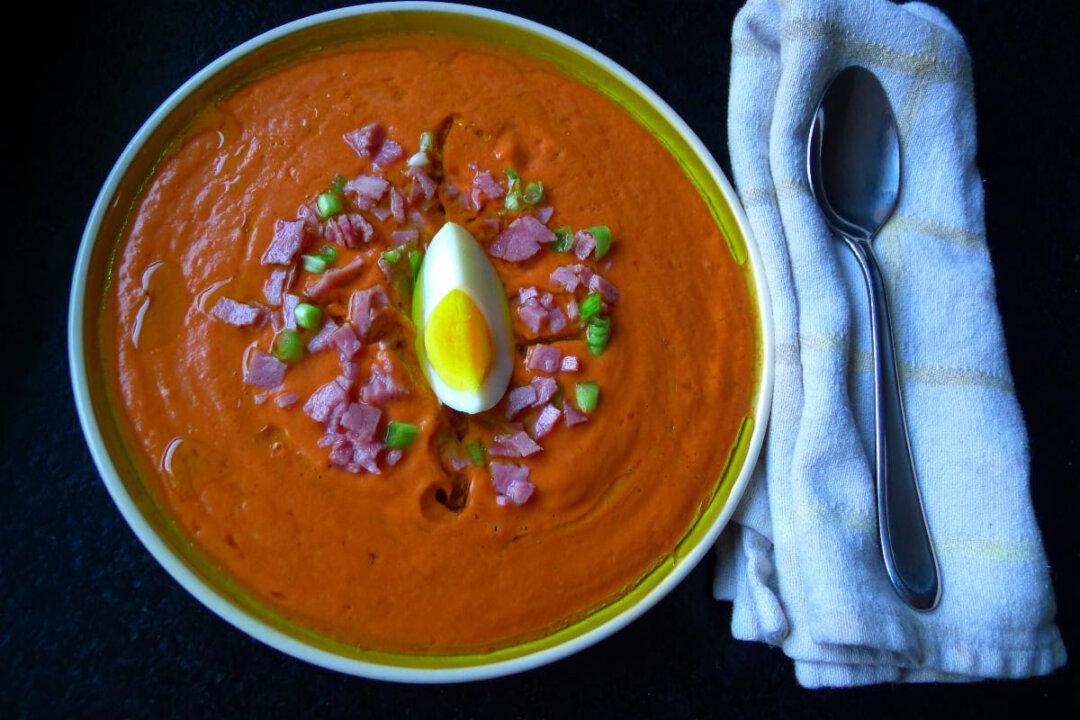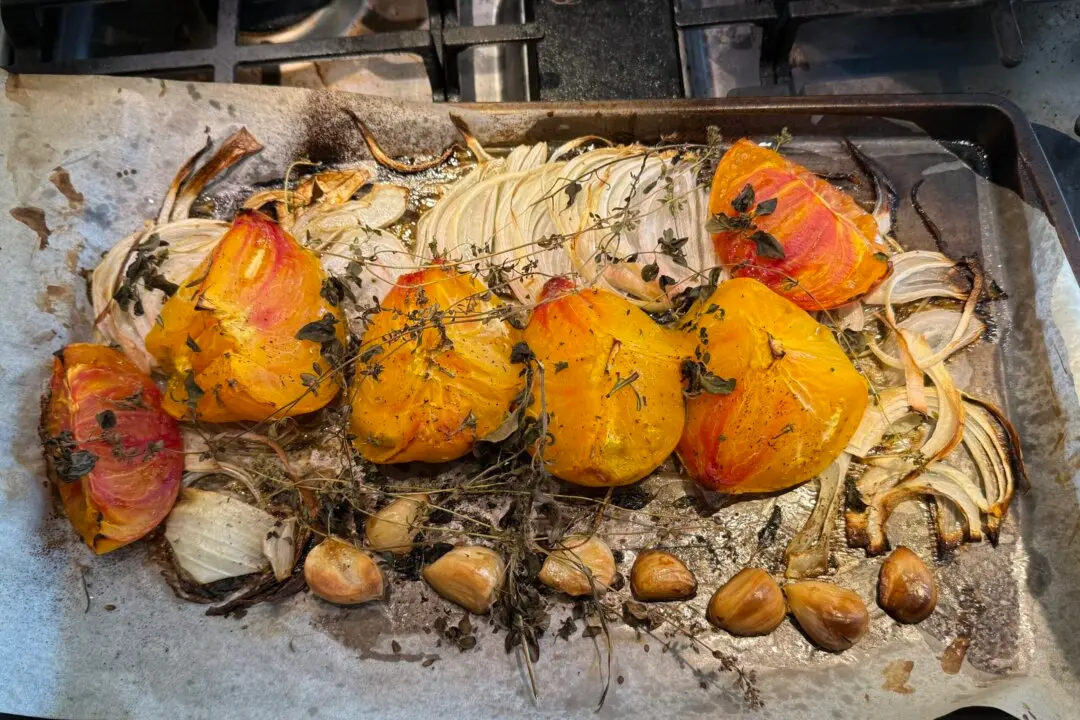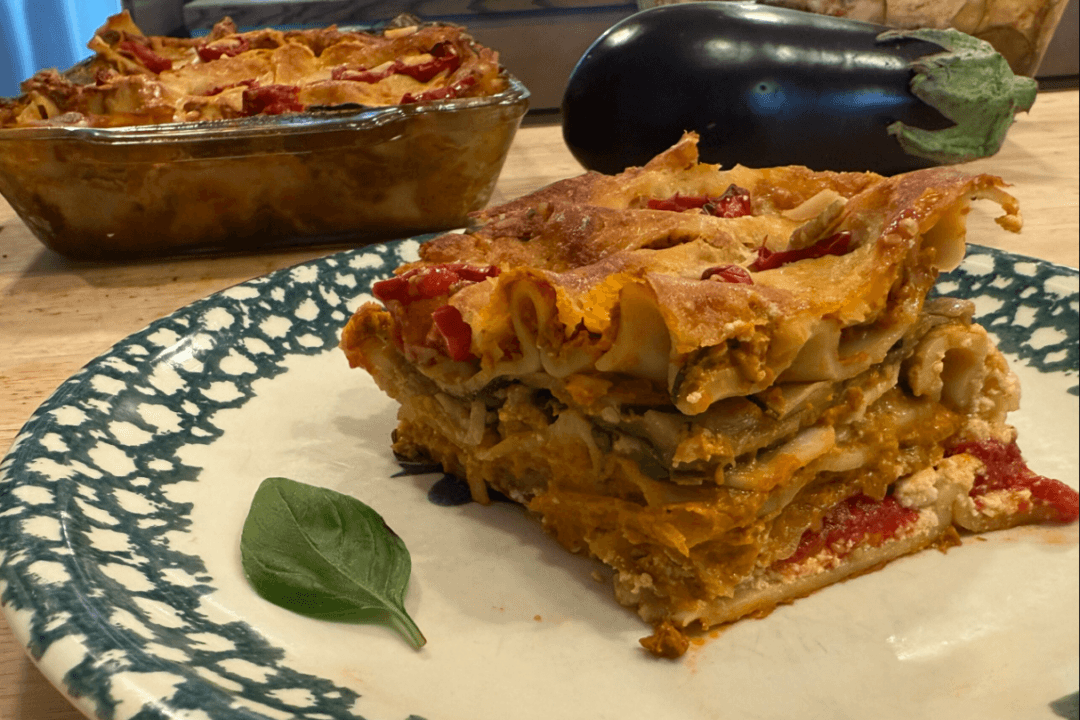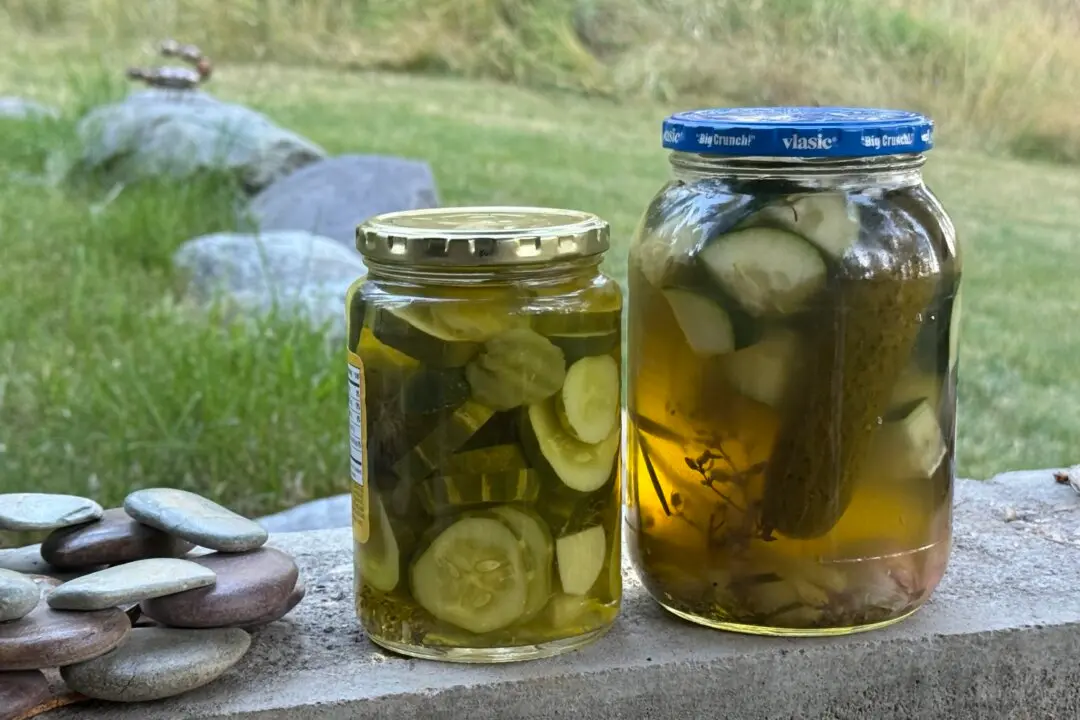Some of the best chefs I know are vegetable farmers, preparing their own produce in their home kitchens during the heat of summer. With a hungry crew grumbling in the fields, time is of the essence, but the rush won’t diminish the farm cook’s determination to serve fresh, high-quality produce at its absolute best.
Cooking for a large group, preferably with as much free food as possible from the farm, means a deluge of vegetables. It means lots of chopping. Nonetheless, most farm recipes come together quickly. There’s enough to squash all appetites and leave the eaters nourished as well as satisfied. While preparing such meals, a farm cook can go head-to-head with any line cook. And the menu planning, recipe development, leftovers utilization, and inventory awareness required of a farm cook puts them on the level of an executive chef.

